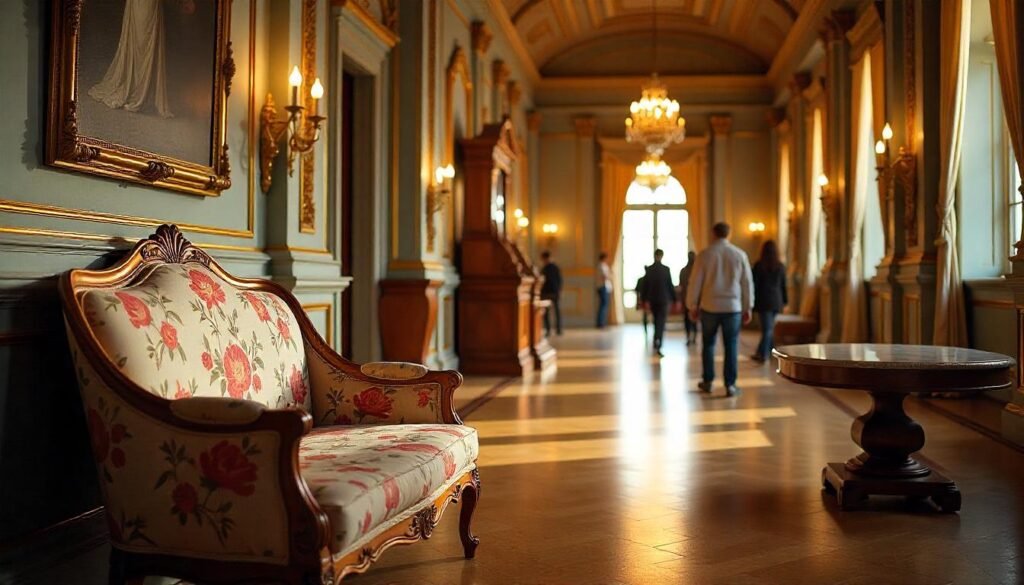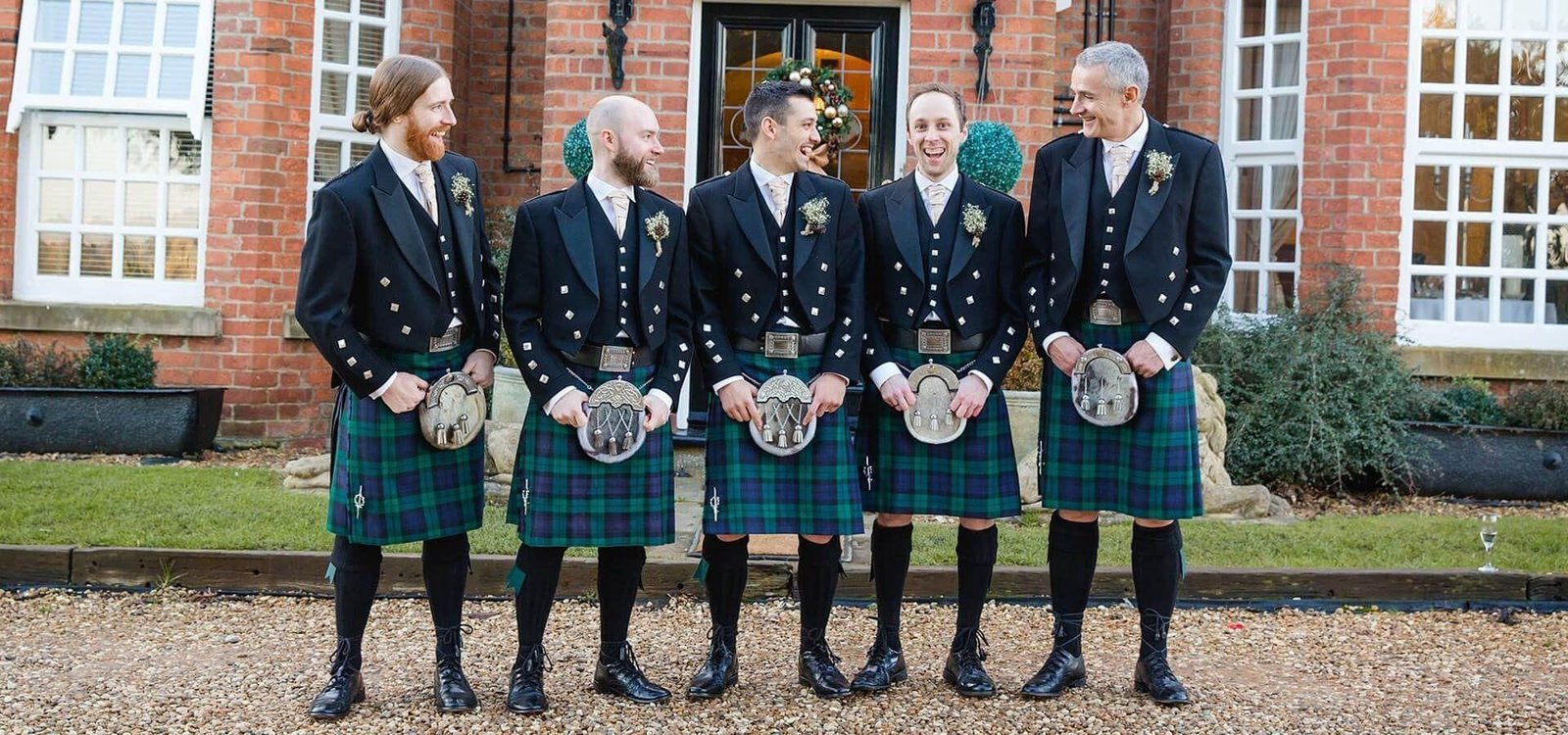Picture this: gilded chairs glimmering under crystal chandeliers, mahogany desks inlaid with mother-of-pearl, and cabinets adorned with scenes of mythological triumph. This wasn’t just décor—it was propaganda. Catherine the Great, Russia’s longest-reigning empress (1762–1796), didn’t just collect furniture; she weaponized it. Every curlicue, carving, and cushion in her palaces whispered a message of power, intellect, and cultural dominance. Let’s unravel the stories etched into Catherine the Great’s furniture and why these masterpieces still captivate collectors and historians today.
The Empress’s Blueprint: How Furniture Fueled a Empire’s Image
From Baroque to Neoclassicism: A Style Revolution
Catherine’s reign straddled two artistic eras. Early on, she embraced the Baroque and Rococo styles—think swirling gold leaf, floral marquetry, and playful asymmetry. But as Enlightenment ideals swept Europe, she pivoted to Neoclassicism: clean lines, Greco-Roman motifs, and a focus on symmetry. This shift wasn’t accidental. Neoclassicism echoed her image as a “philosopher queen” aligned with reason and ancient grandeur.
Baroque vs. Neoclassical Styles
| Feature | Baroque/Rococo | Neoclassical |
|---|---|---|
| Lines | Curved, dynamic | Straight, symmetrical |
| Motifs | Florals, cherubs, whimsy | Columns, laurels, mythology |
| Materials | Gilded wood, pastel lacquer | Mahogany, bronze, marble |
| Political Message | Opulence as power | Enlightenment and order |
The Craftsmen Behind the Thrones
Catherine recruited Europe’s finest artisans to realize her vision:
- David Roentgen: German cabinetmaker famed for mechanical secret drawers.
- Charles Cameron: Scottish architect who designed her Neoclassical interiors.
- Jean-François Boucher: French sculptor whose works adorned her palaces.
These collaborations turned furniture into diplomatic tools—Roentgen’s desks, for instance, were gifted to European royals to cement alliances.
Iconic Pieces: The Crown Jewels of Catherine’s Collection
The Peacock Clock: Mechanical Majesty
Catherine’s most famous acquisition wasn’t just a timepiece. This gold-and-enamel automaton, featuring a life-sized peacock, owl, and rooster, symbolized Russia’s mastery of science and art. Today, it still “performs” at St. Petersburg’s Hermitage Museum.
The Amber Room: A Lost Wonder
Though not furniture per se, this amber-paneled chamber (replica pictured below) epitomized her lavish tastes. Dubbed the “Eighth Wonder of the World,” its 1,300-pound amber panels were looted during WWII—a mystery still unsolved.
The Writing Desk of Diplomacy
Catherine’s neoclassical desk, with secret compartments and Roman friezes, was where she penned letters to Voltaire. It embodied her dual identity: ruler and intellectual.
Collecting Catherine: How to Spot Authentic 18th-Century Treasures

4 Telltale Signs of Genuine Pieces
- Materials: Look for solid mahogany, ebony inlays, or Boulle marquetry (brass/tortoiseshell).
- Provenance: Auction records often trace back to Russian nobility or the Hermitage.
- Craftsmanship: Hand-carved details; machine-cut wood postdates her era.
- Patina: Faded gilt or wear consistent with 200+ years of use.
Note: Only 12 verified pieces of Catherine’s furniture exist in private collections. Most reside in museums.
Legacy in Modern Design: Borrowing Catherine’s Aesthetic
3 Ways to Channel Her Style Today
- Statement Seating: Velvet-upholstered chairs with tapered legs.
- Mythological Accents: Lamp bases shaped like Greek urns or sphinxes.
- Layered Opulence: Pair a minimalist sofa with a gilded mirror.
You May Also Like: The Ultimate Guide to PenthouseHub: Unlocking Urban Luxury Living
Conclusion
Catherine the Great’s furniture wasn’t about comfort—it was a calculated blend of art, politics, and identity. Each piece served as a mirror reflecting her ambition to position Russia as Europe’s cultural equal. Whether you’re a history buff, design lover, or treasure hunter, her legacy reminds us that the right chair (or throne) can change the world.
FAQs
Where can I see her furniture today?
The Hermitage Museum (St. Petersburg) houses the largest collection, including the Peacock Clock.
How much does authentic Catherine-era furniture cost?
At a 2019 Sotheby’s auction, a Roentgen secretary sold for $12.5 million.
Did Catherine design any pieces herself?
No, but she provided detailed briefs, often sketching ideas for craftsmen.
Why did she favor Neoclassicism?
It aligned with her Enlightenment ideals and distanced Russia from “excessive” Baroque associations.
Are replicas available?
Yes! Russian workshops like Fedoskino create hand-painted lacquer boxes inspired by her era.











